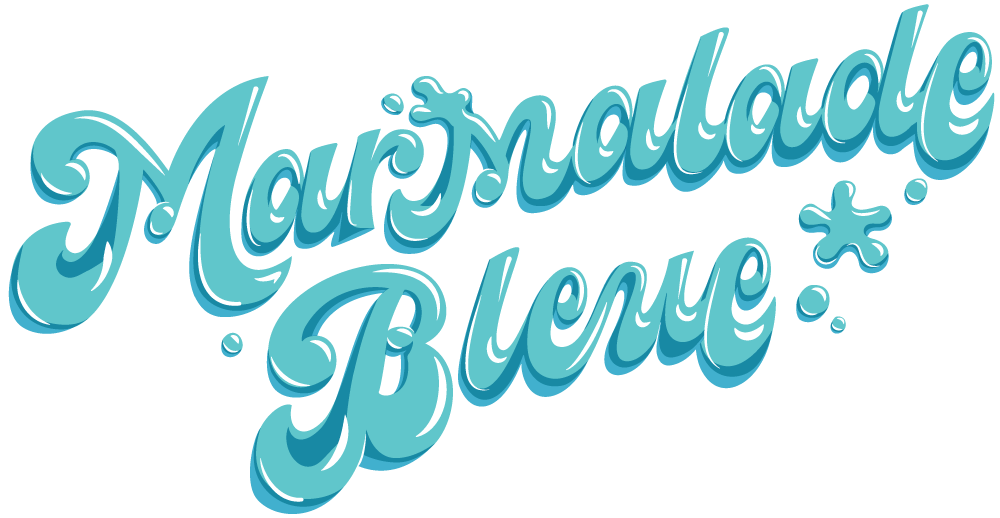The Beautiful Game Behind the Women’s World Cup Advertising
(originally published for Working Not Working)
Three World Cups ago, I screamed into an empty theater at Japan’s stealthy upset of the USWNT. There was no one to commiserate with, the only respite being the cold theater during a humid July. This year, I sat in watch with half the world as the US clenched their fourth worldwide victory. The women’s team is getting its due, and while not translating directly to team salary, their long road to victory is generating crazy endorsement revenue.
I’ve been watching the Women’s World Cup since the age of nine. Gatorade’s epic face-off between Mia Hamm and Michael Jordan still swirls shot-for-shot through my consciousness. More importantly it spoke to the power of women in the sporting arena as well as the tight connection between advertising and the human journey.
I immediately noted something remarkable: advertising for the women’s team mirrors the way they play. Traditionally, the men’s team positions one or two players as stars, and endorsements reflect this decision. The mens’ ads target smaller verticals, both global soccer fans, then national team loyalties. This is not how the women’s campaigns unfolded, to greater effect.
The USWNT is a collective force of personality and talent. The memes generated by Megan Rapinoe alone could power four seasons of prime time television. These players are complex and layered; we see their personalities, sexual preferences, their political views, and these humanizing components compel us to cheer.
The women’s gameplay is fundamentally tighter, a little slower to account for less muscle mass but more technically consistent than their male counterparts. In men’s play, a couple of personalities can dominate the game, a highly individualized and unmistakably American strategy. The women’s team utilizes every player on the pitch for fast switches and unexpected plays. Their communal attitude resonates in their generous passing game. Through ball time we learn their names, their stories. Individually they are likable protagonists, and like all worthy protagonists band together to collectively fight for a goal (or two) while combatting a global issue of inequality. .
“For a minute I was nine again, screaming my head off as Mia Hamm slides across the pitch on her knees, pumping her fists. As often as advertising squeezes our insecurities in its spindly fingers, occasionally it produces the inverse effect: connects us to our dreams.”
Someone at Nike read these tea leaves correctly. According to Bloomberg, Nike sponsored 14 of the 24 participating teams, dialing in their near-monopoly to tear-jerking effect. Their spots featured multiple USWNT members from Alyssa Naeher to Crystal Dunn to media darlings Megan Rapinoe and Alex Morgan. The numbers add up. According to Nike, the USWNT jersey has sold more units than any other soccer team shirt on their website. Subsequent sports bra sales catapulted the company to the largest bra seller in North America, reports Bloomberg’s TicToc.
Centered throughout ads for Secret, Gatorade, Nike and more were young girls, the point of view and a nod to the future. This is where these games intersect. For a minute I was nine again, screaming my head off as Mia Hamm slides across the pitch on her knees, pumping her fists. As often as advertising squeezes our insecurities in its spindly fingers, occasionally it produces the inverse effect: connects us to our dreams. Advertising spans socio-economic circles and backgrounds, at its best contextualizes our heroes as our future, gives us permission to ascend, and grows in our subconscious as we reach for a better reality. Are we tempted to buy Wheaties along the way? Sometimes. This is a byproduct of the game beautifully played.

